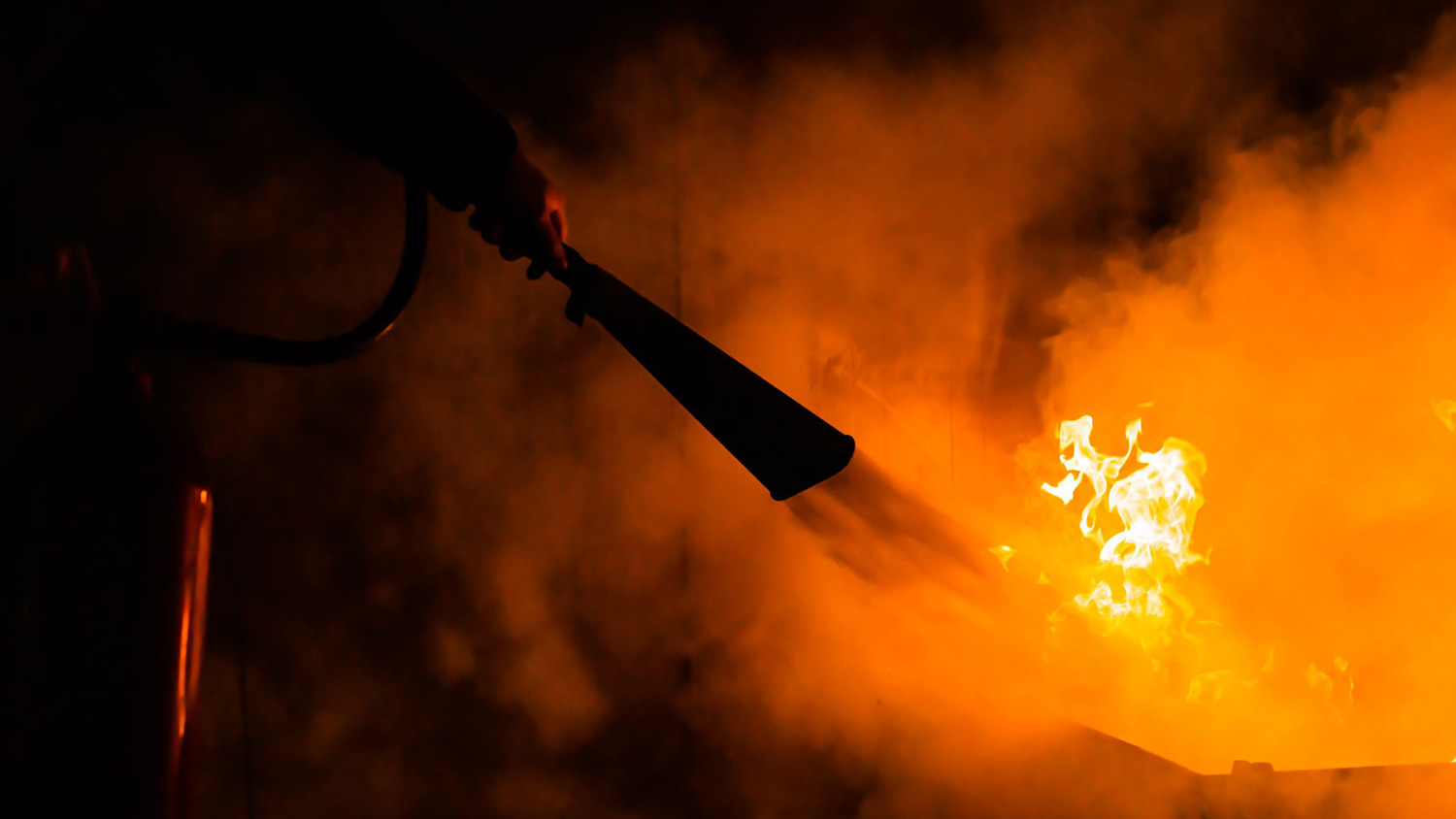Successive Governments concealed fire safety risks to buildings, resulting in one of the major scandals of our time, the Grenfell Tower fire inquiry heard this week. The ongoing inquiry will now examine Government decisions going at least as far back as New Labour from 1997 onwards. It was heard that, when it was last in Government, Labour excluded some "common parts" of buildings from changes it made to inspection rules for tall buildings. These included external walls later blamed for spreading flames at Grenfell.
The BBC reports that, in 1999, a fire at Garnock Court in Irvine, Scotland resulted in a parliamentary select committee raising concerns about the standards used to assess building materials. The highest British standard, known as Class 0, includes materials that burn freely. Despite that, the official guidance for meeting building regulations allowed them to be installed on tall buildings.
The inquiry is expected to hear evidence that Government officials knew about the issues with the Class 0 standard, but did not change the requirements.
According to the BBC, following the Garnock Court fire, the Labour Government asked for a review of technical documents for engineers designing tall buildings. The review included new fire tests of cladding systems, carried out around 2002, in which large scale mock-ups were set alight.
The results of the tests were kept confidential, but most of the systems failed. However, the results, leaked to the BBC in September, suggest building industry and Government officials had evidence of the fire risks of combustible cladding at least 13 years before the Grenfell disaster - but didn't make it public.
Furthermore, says the BBC, a fire at Lakanal House in south London in 2009 resulted in a coroner, Frances Kirkham, warning the Government that all parts of a building should be examined in fire safety inspections. The coroner also recommended rewriting the guidance that construction firms and architects rely on to ensure they meet the requirements of the building regulations. However, there were no changes to fire inspections, and a review of the building regulation guidance had not been completed.
Class 0 remained an acceptable standard for buildings taller than 18m until a ban on combustible cladding was introduced after the Grenfell disaster.
Victims' barrister Ms Barwise told the inqury that Grenfell was:
"A predictable, yet unintended consequence of a combination of the laudable desire to reduce carbon emissions coupled with an unbridled passion for deregulation. The result is a prolonged period of concealment by Government, which should properly be regarded as one of the major scandals of our time."
You may also be interested in
RELATED CONTENT
RELATED COURSES

The Fire risk assessment course is designed for individuals responsible for managing fire safety in a workplace or building.

The Fire safety course introduces learners to the dangers, controls and responsibilities associated with fire safety.

The Fire warden course provides the knowledge and skills for a fire warden to identify hazards and prevent fires.

Introduction to health and safety gives learners a basic introduction to managing safety in their workplace.

With many changes introduced by the Building Safety Act 2022, implemented in April 2022, there remains some confusion over who’s responsible for what ...

Over 60% of people responsible for fire safety in the workplace believe they “could be doing more to ensure the building is fire safe".

From 23 January 2023, responsible persons will be required to comply with additional responsibilities introduced under the Fire Safety (England) Regul...

The Fire Safety Bill has been introduced as part of the government's commitment to improving building safety.